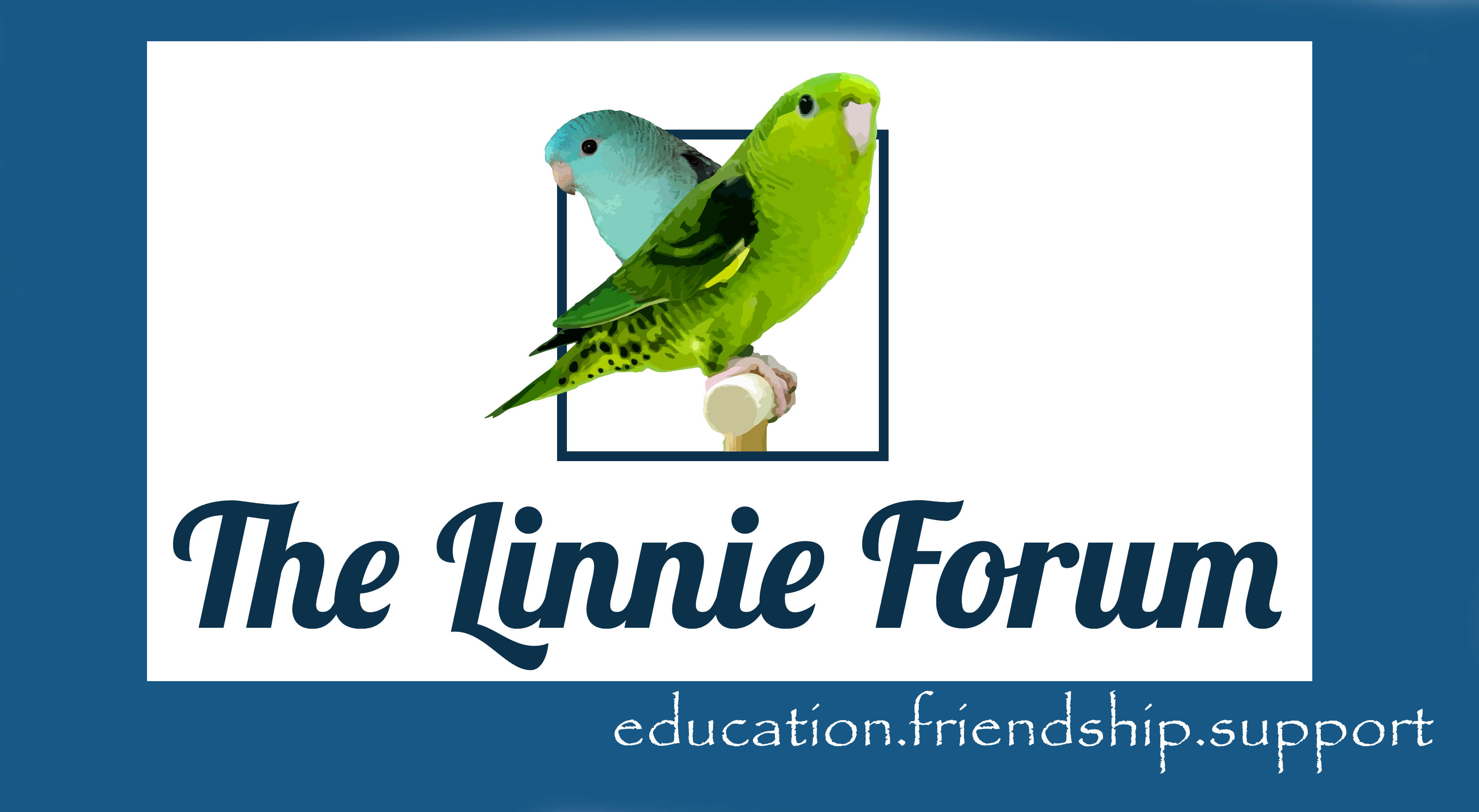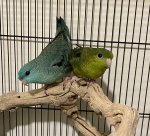HiddenHollow
Incubating
Hi all,
I've been considering adding Linnies to my small breeding program for quite awhile now and am ready to put out feelers for either a couple of unrelated babies/juveniles, or a mature pair (proven is not necessary but would be a bonus). As an aviculturist I breed to promote overall health and genetic diversity in the species I work with, so I'd love obtain birds from someone with a focused breeding program (and bonus points if they work with/toward show-quality).
I would *really* love for one of the birds to be creamino, or even just split ino - also very interested in violet. Currently not interested in greywings. I am in north central West Virginia but very comfortable with shipping via Delta. Also in no big rush, I know my 'wish list' is rather particular so I'd love to chat with those who might have the right fit for me later, even if they don't right now.
Thanks in advance
I've been considering adding Linnies to my small breeding program for quite awhile now and am ready to put out feelers for either a couple of unrelated babies/juveniles, or a mature pair (proven is not necessary but would be a bonus). As an aviculturist I breed to promote overall health and genetic diversity in the species I work with, so I'd love obtain birds from someone with a focused breeding program (and bonus points if they work with/toward show-quality).
I would *really* love for one of the birds to be creamino, or even just split ino - also very interested in violet. Currently not interested in greywings. I am in north central West Virginia but very comfortable with shipping via Delta. Also in no big rush, I know my 'wish list' is rather particular so I'd love to chat with those who might have the right fit for me later, even if they don't right now.
Thanks in advance
Last edited:

